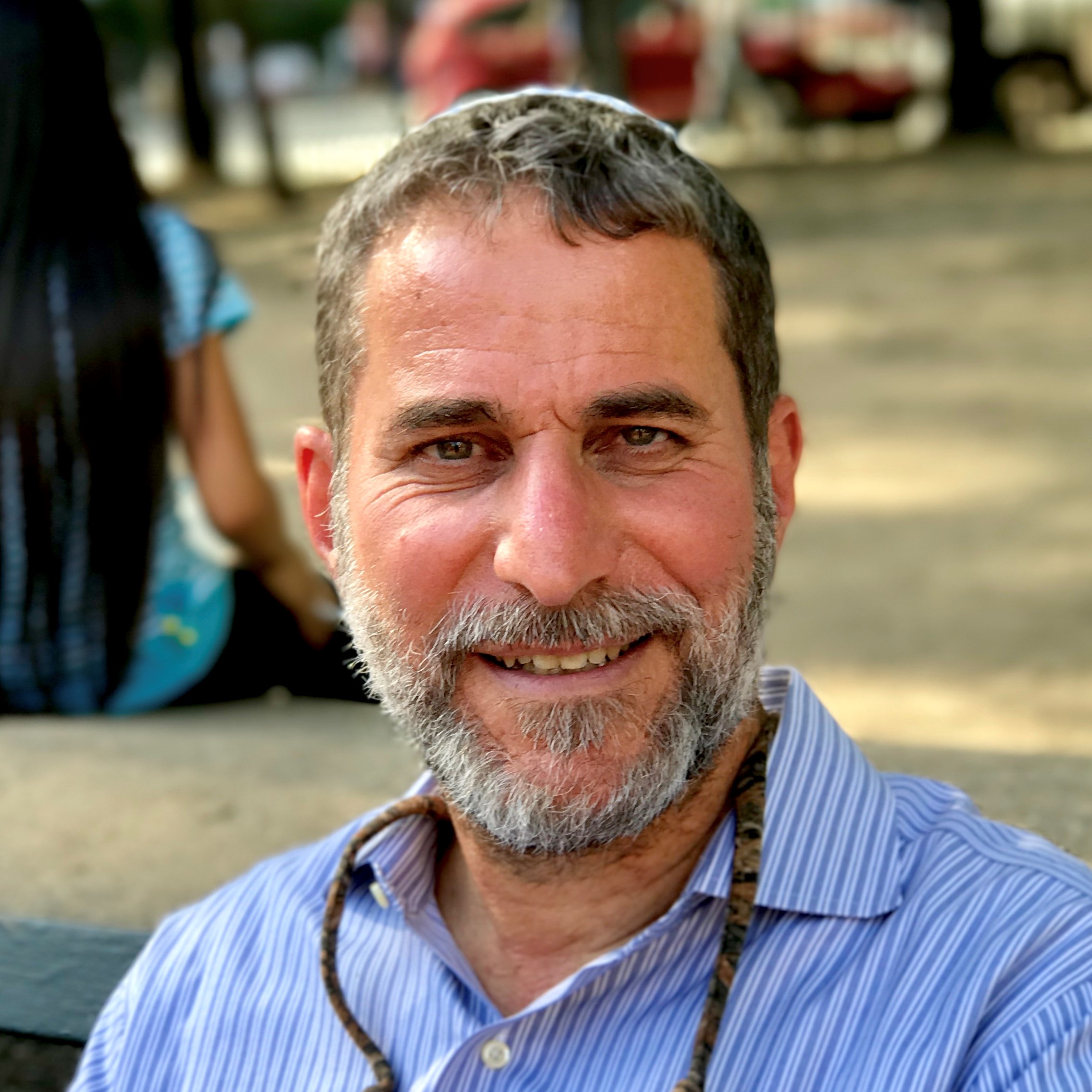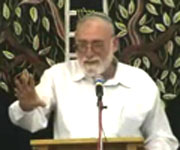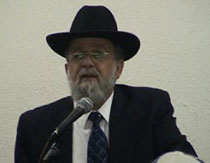Beit Midrash
- Torah Portion and Tanach
- Bamidbar
- Beha'alotcha
- Sections
- Chemdat Yamim
- Parashat Hashavua
In the nine p’sukim (Bamidbar 9: 15-23) the word he’anan (the cloud) appears eleven times and the root of mishkan, either referring to the Tabernacle or to the way the cloud dwelled over it, appears eight times. The Torah tells us that the cloud first covered the Mishkan on the day the latter was erected. It goes on to say that at night it "had the appearance of fire." The Torah continues: "So will it always be: the cloud will cover it, and the appearance of fire at night." The Netziv infers from these words that unlike in the first days after the Exodus, when there was a cloud during the day and fire at night, here there was always a cloud, just that it had the appearance of fire at night. Another inference to be made is that the cloud is always referred to as "the cloud" and never "a cloud." The Midrash Yelamdenu says that this is the same cloud that appeared so majestically before at Har Sinai and continued to be a conduit for the dwelling of the Divine Presence upon and among Bnei Yisrael.
It is worthwhile to contemplate what the philosophical significance of a cloud that looks like a fire at night is. In many places in Jewish thought, the day is taken to refer to times when things are looking positive, and the night symbolizes times of trouble. A cloud represents a covering or protection from the heat of the sun. It also covers that which is stored within, usually the moisture which might or might not yield rain. In this case, Hashem’s Presence can be strongly sensed from close proximity but nevertheless cannot be seen outright. Indeed, in good times, one can sense Hashem’s protection and His involvement, but still He is behind the scenes.
Fire symbolizes energy, which can be very useful when harnessed, but can consume things, seemingly indiscriminately, when it is out of control. It can be seen from a great distance, especially in the dark night and can light and lead the way for those who need guidance. During hard times, Hashem’s Presence, while being able to be seen and give light in some ways, is also related to the pain of the oppression and shows rejection of the people.
Perhaps the message of the cloud/fire is as follows. At Sinai, the cloud and the fire were two different things interacting in proximity. However when it comes to "so will it always be" (i.e. - the long haul of history) it is different. That which looks during hard times as a fire is just human eyes’ different perspective of the same protective cloud. Although it might be hard to see that to be the case, the Torah encourages us to recognize that situation.
May the fire that has accompanied us during the night be clearly visible as a protective cloud as the day continues to dawn.

How To Survive the Riots
Israel National Torah
Baruch Gordon | Sivan 13 5780
The Republic of Tel Aviv
Rabbi Netanel Yossifun | Sivan 11 5782
























